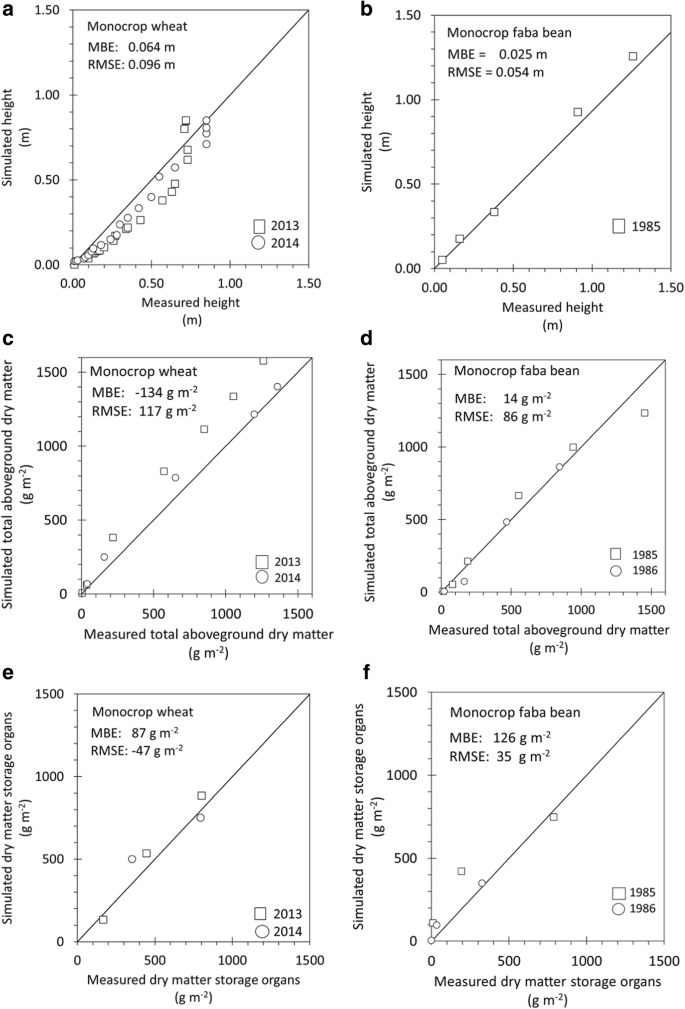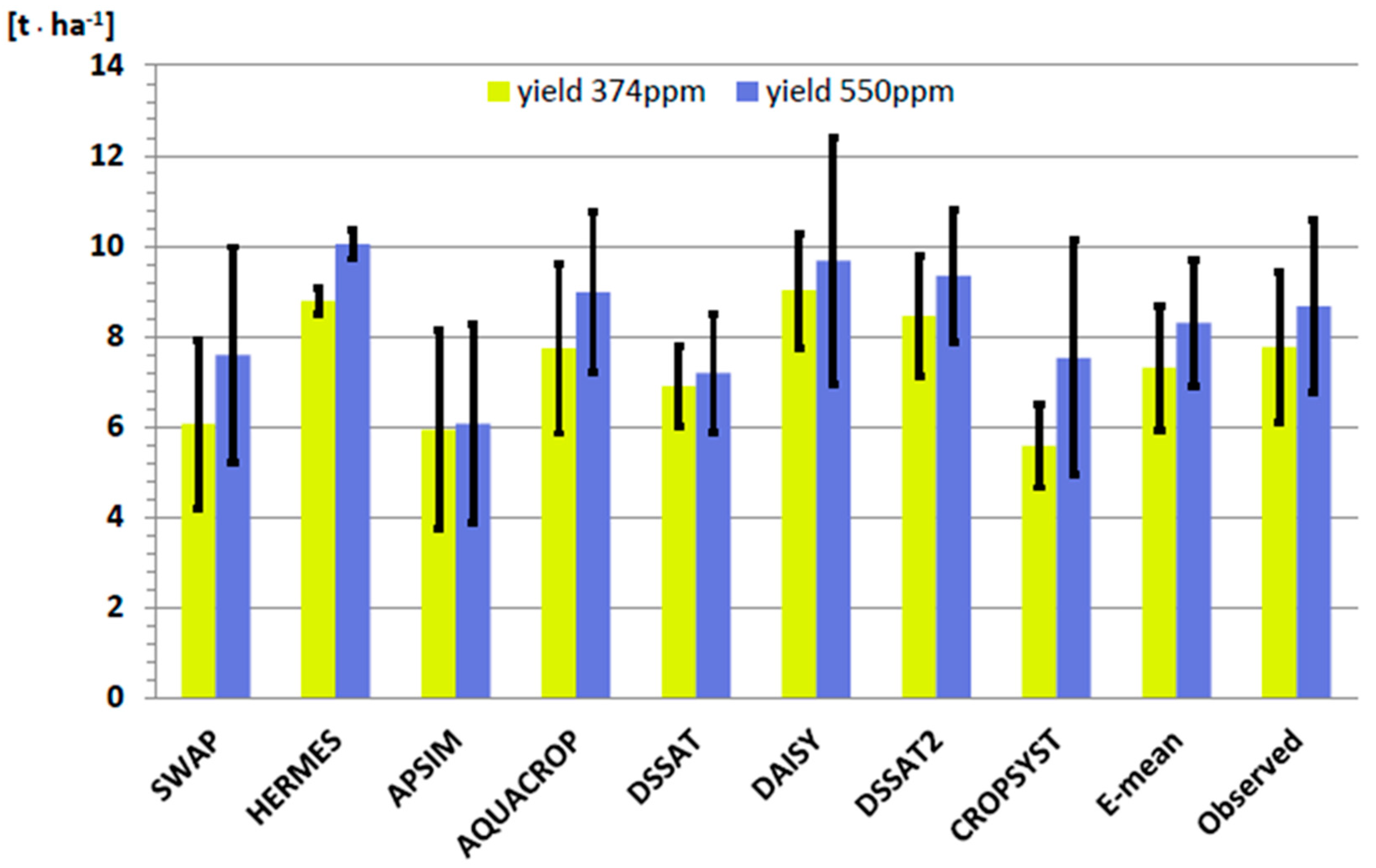

Two contrasting sites (Mullewa and Kojonup) were selected across the wheatbelt region of WA to investigate the effects of climate change on the optimal flowering periods of wheat. Evaluating the possible change of the optimal flowering period under future climate flowering dates corresponding to ≥95% of the maximum mean yield limited by frost, heat and water stress. Over the simulations of 51 years (1967–2017) by 42 sowing dates, the smoothed frost- and heat-limited wheat yield was related to the flowering date to identify the optimal flowering period, i.e. The soil’s initial condition and fertiliser management were set up using the approach of Flohr et al (2017).

For each grid, a widely grown short-season wheat cultivar (Wyalkatchem) was sown at three-day intervals between 14 Mar and 15 Jul each year on a dominant soil (which covers the largest area). Soils were obtained from disaggregated soil polygon maps, with a spatial resolution of ~ 90m × ~ 90m. Daily meteorological data were obtained from the SILO data for the period of 1967–2017, with a spatial resolution of ~5km × ~5km. Method Identifying the spatial pattern of the optimal flowering periods for wheat across the wheatbelt of WA under the current climateĪPSIM (Holzworth et al 2014) with scripts to quantify the impacts of frost and heat on wheat yield (Bell et al 2015) was used to the predict the optimal flowering periods that would minimise the effects of frost, heat and water stress on wheat yield. The findings will enable WA growers to determine the optimal flowering periods for their farms and to select a cultivar and sowing date combination to achieve the optimal flowering period for maximum yield. For both current and future climates, another important aspect is to understand how sowing date and cultivar can be combined to allow wheat to flower during its optimal flowering period. To maintain and improve wheat production, it is important to determine how the optimal flowering period could change under future climate change. Such changes to the mean and extremes of relevant climate variables could change the timing of the optimal flowering period of wheat in this region. Global climate change is expected to bring warmer temperatures, changed rainfall patterns, exacerbate some types of extreme weather events and increase atmospheric carbon dioxide concentration in the wheatbelt of WA (Asseng et al 2019). Thus, it is important to identify the spatial pattern of the optimal flowering period over large crop-producing regions like the wheatbelt of WA, which has crops across about 8.5 million hectares of land each year.

For a given location, growers tend to seek a flowering period that allows wheat yield to be within 95% of the maximum yield across a range of seasons (Flohr et al 2017). As a result, the opening, closing and duration of the optimal flowering period vary from season-to-season and from location-to-location. The optimal flowering period is influenced by the combined effects of temperature, precipitation, solar radiation and soil properties. Flowering date is critical for wheat yield, with flowering needing to occur within an optimal period to minimise the effects of frost, heat and drought on yield. For wheat, Australia's most important grain crop, even short episodes of frost or heat stress around flowering can reduce grain yield considerably.

There were clear geographical patterns in the optimal flowering periods for wheat across the wheatbelt of Western Australia, with earlier opening and closing dates (23 Jul–30 Sep) in the northeast and later opening and closing dates (23 Aug–21 Oct) in the southwest.Business development and commercialisation


 0 kommentar(er)
0 kommentar(er)
